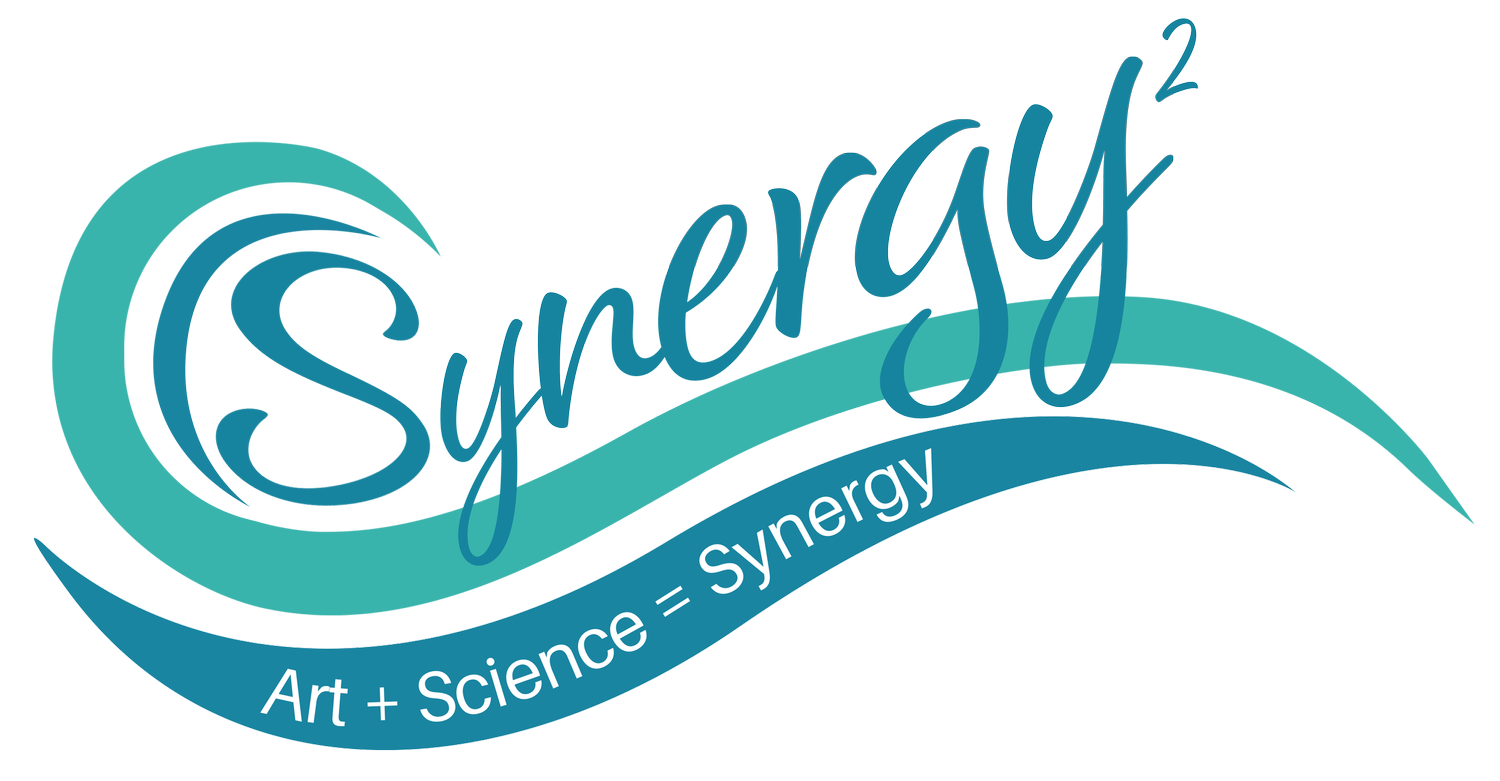
Marine Heatwaves
by Deb Ehrens, Svenja Ryan, PHD, & Caroline Ummenhofer, PHD
Above: “Marine Heatwave #1” — Deb Ehrens
Marine Heatwaves, MHWs, are a “recently understood and described” phenomenon in the ocean with an enormous impact on the entire food web. These spinning fabric “Marine Heatwaves” are an invitation to learn how today’s climate scientists define and describe MHWs, their tools, and how data from past explorers play a role. Come close . . .what do you see?
MEDIUM
Fabric sculpture
PIECES
Five 3D marine heatwaves
TOPIC
Marine heatwaves
LOCATION
Coastal New England and other locations
"Detail of Green Diamond" — Deb Ehrens
"Detail of Purple Green Code" — Deb Ehrens
"Detail of Sea Urchin Square" — Deb Ehrens
"Detail of Green Gar 2" — Deb Ehrens
"Detail of Blue Squid" — Deb Ehrens
"Detail of Purple Lobster Square" — Deb Ehrens
What is Marine Heatwaves?
Watch the talk given by the team that created Marine Heatwaves below. The talk took place at South Coast Surface Design in New Bedford, MA, in June 2021.

The science behind Marine Heatwaves
Above: Detail of Sea Stars — Deb Ehrens
Caroline Ummenhofer and Svenja Ryan are physical oceanographers. They study the movement and chemistry of the ocean water and winds that determine our climate. Their tools are massive data sets and sophisticated computer simulations.
Caroline’s research focuses on extreme climate events. She studies droughts, floods, and their impacts on water resources and agriculture. To understand changes in the frequency or intensity of events such as the 'drought of the century' or the '1-in-200-years flood' she needs records that can document these extreme events. But in much of the world, records do not go back very far. However, in the New Bedford Whaling Museum, she has found a treasure trove of data in the logbooks of whalers who traveled the globe and who kept meticulous daily records of wind and weather. Caroline and Timothy Walker, a historian from UMass Dartmouth, have started a project to collect and translate this data so it can be used to inform climate models and address contemporary climate questions.
Svenja Ryan studies Marine Heatwaves. These are extreme events in the ocean that have only recently been discovered and defined, describing periods of time where the temperature is significantly above the long- term average in a given region. Marine heatwaves have had devastating impacts on the ocean ecosystem. The 2012 disruption to the Maine lobster market and the decimation of kelp forests off the California coast are just two examples. Svenja’s research focuses on marine heatwaves off the New England coast and the role that “warm core rings” spinning off the Gulf Stream play in these events. To detect these marine heatwaves long and continuous observations are necessary. While these are available for the ocean’s surface from satellites, observations below the surface are scarce. Therefore, Svenja is using ocean models to investigate the depth structure of marine heatwaves and associated physical drivers.
Marine Heatwaves (Upwards View) — Deb Ehrens
Marine Heatwaves — Deb Ehrens
Pulling It All Together
To represent the complex, multi-dimensional systems that Caroline and Svenja study, Deb Ehrens created a series of spinning, spiral fabric Marine Heatwaves whose shape echoes rotating warm core rings. The base layer of each “heatwave” is a color gradient commonly used by oceanographers to convey depth and temperature. Data generated by Svenja’s computer models is woven in and around 19th- century drawings of some creatures impacted by marine heatwaves and computer code is layered into whaling log entries that will become data points transferred to the Beaufort Wind Force Scale . Graphs, charts, scientific instruments, and satellite photos of marine heatwaves are also blended into the design. The imagery is both small and large-scale. Deb, Caroline, and Svenja want the heatwaves to simultaneously intrigue from a distance and invite viewers to come close and learn more. This macro/micro viewing experience mirrors how both scientists and artists dive deep into rabbit holes on their way to seeing the big picture.
Status of the Project
2021: Version 1.0: Five Small scale prototype heatwaves developed and exhibited at South Coast Surface Design
2022: Version 2.0: Heatwaves Exhibition Set: Three large heatwaves, five small heatwaves, and informational text on waterdrop-shaped signage in English, Spanish, and Portuguese. This version is available for exhibitions.
2023: Version 3.0: Museum Installation: Version 3.0 includes new heatwave imagery featuring the latest data from the Ships Log Climate Data Mining Project and changes in fish distribution off our coast. This set is 30% larger than the 2.0 version and designed for large community spaces. It is at the New Bedford Whaling Museum until December 2023.
A Closer Look
Check out this clip where the team shows off Marine Heatwaves while discussing the way it relates with the science it’s based on.
Deb, Svenja, & Caroline
To find out more about the artist and scientist who are behind this project, visit their section of the Artists & Scientists page via the link below.








